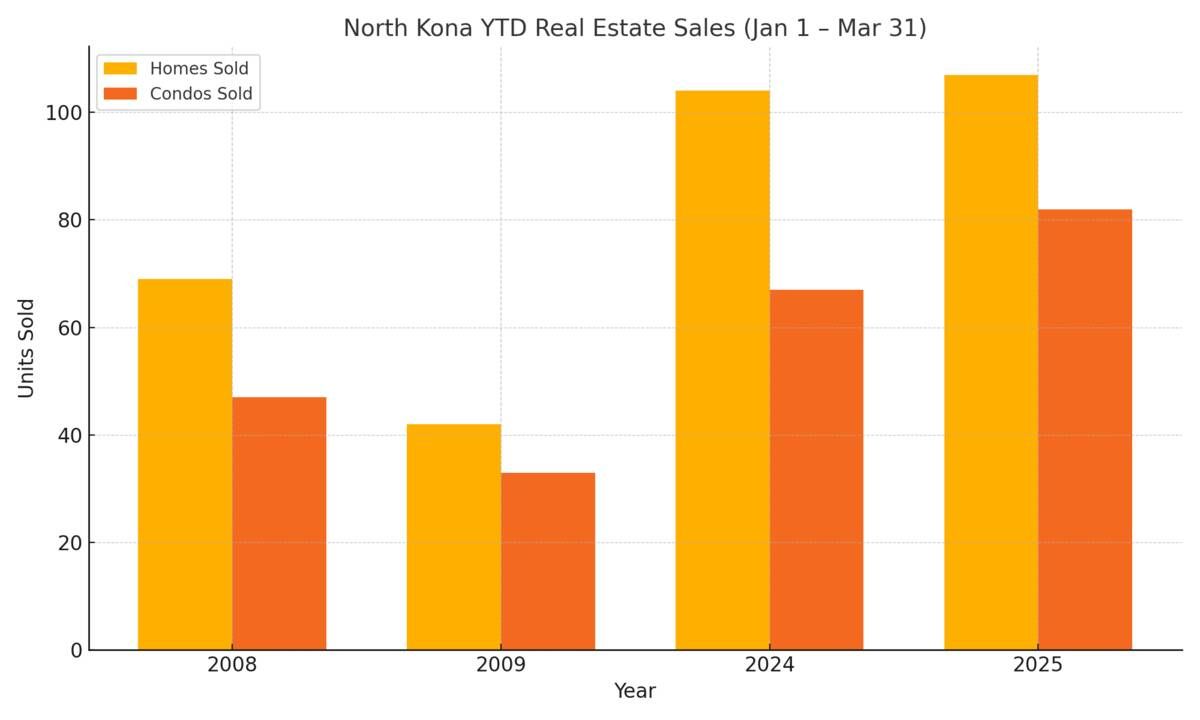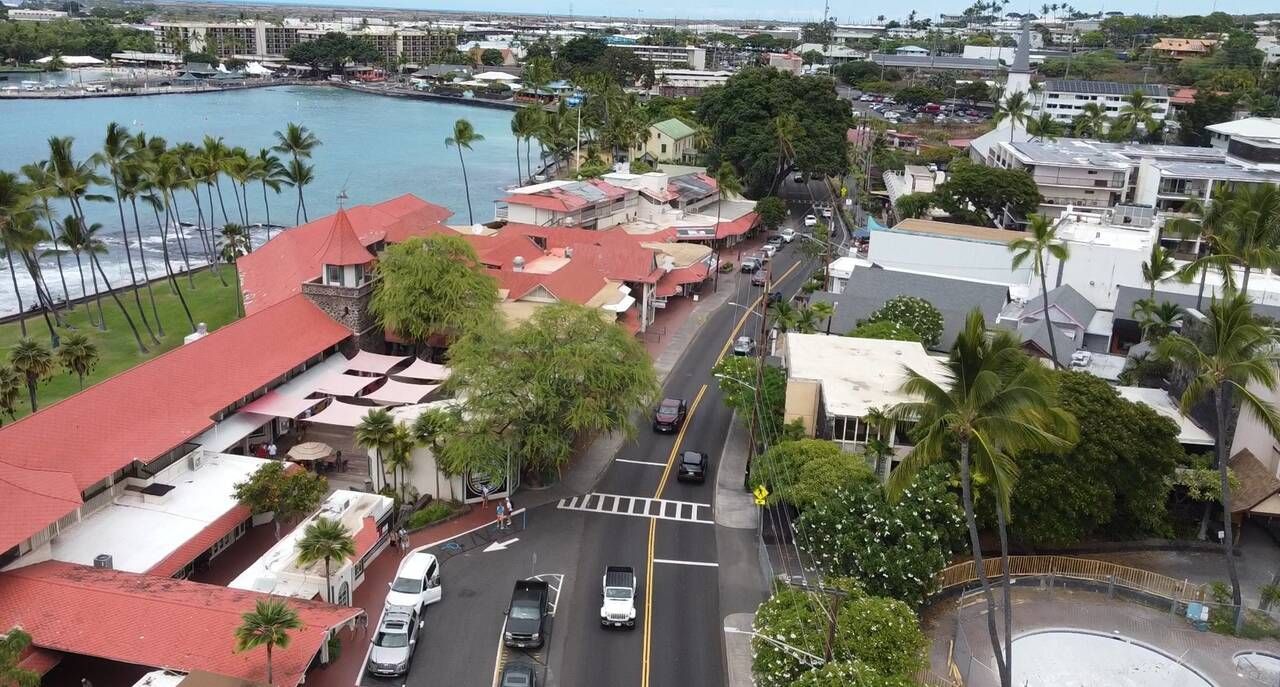Tourism Displaced: Ironman’s Real Impact on Kona’s Local Economy
We all have that one friend who likes to brag—whether it’s about how much money they make, how big their home is, or how impressive their achievements are.
The Ironman race in Kona can feel a bit like that friend. Every year, the event proudly claims to inject millions into the local economy. However, data paints a different picture, and a closer look at the numbers suggests those claims may be somewhat overstated.
Overview of Visitor Data (Past 10 Years)
Below is an analysis of visitor data from the Hawaii Department of Business, Economic Development & Tourism, covering visitor days, arrivals, and expenditures over the past decade.
Seasonal Trends
- Expenditures: Higher visitor spending occurs during winter months (e.g., December, January, February).
- December 2018: $228 million in visitor expenditures
- January 2019: $253 million in visitor expenditures
- Summer Peaks: July and August also see increased visitor numbers, aligning with vacation seasons.
- July 2019: 173,899 total visitor days, $221 million in expenditures
- August 2018: 157,544 visitor days, $167 million in expenditures
October’s Position
- October tends to fall between summer and winter highs:
- October 2018: 857,946 visitor days, $170.4 million in expenditures
- October 2019: 931,498 visitor days, $176.9 million in expenditures
- Other months, like December and July, regularly outperform October.
A Key Discovery
2020 and 2021 were the only years in over four decades when the Ironman World Championship wasn’t held in Hawaii.
- In 2020, Hawaii’s tourism shut down due to the pandemic, with no tourism spending data reported.
- In 2021, without the Ironman race, October offers a unique benchmark—and it outperformed both its neighboring months in revenue, a rare occurrence seen only four other times over the past decade: 2014, 2018, 2019, 2021, and 2022.
Visitor Data for 2021:
- September 2021: 733,439 visitor days, $136 million revenue
- October 2021: 824,203 visitor days, $161 million revenue (outperformed both neighboring months)
- November 2021: 1,003,095 visitor days, $157 million revenue
This insight suggests that October can thrive without Ironman, raising questions about the race's actual economic impact.

October 2023 in Context with the Ironman Event
- September 2023: 1,020,439 visitor days, $252 million revenue
- October 2023: 1,045,749 visitor days, $248 million revenue (more visitors, but less spending)
- November 2023: 1,092,203 visitor days, $259 million revenue
Note- visual aid below reflects 2020 with no data reported

Real Estate Sales Trends During Ironman
A closer look at real estate data suggests that the Ironman race does not cause significant disruptions in the local housing market. Sales from September to December align with typical seasonal patterns (sample pulled from MLS in 2019—pre-COVID, post-2018 lava flow North Kona):
- September: 45 homes, 35 condos sold
- October: 41 homes, 38 condos sold
- November: 44 homes, 28 condos sold
- December: 36 homes, 38 condos sold
COVID-19 Impact on Tourism
The pandemic had a significant impact on tourism, with 2020 seeing a sharp decline in visitor numbers:
- October 2020: 213,822 visitor days (compared to over 900,000 pre-pandemic)
- No expenditure was recorded during this period due to travel restrictions.
Additional Insight
- Tourism Displacement: Ironman participants’ trips often replace other types of vacations, limiting the net economic impact (sources: Hawaii Public Radio, Kauai News Now).
Conclusion
The data confirms that October does not generate a significant economic boost compared to other months. Visitor arrivals and expenditures peak during July, August, December, and January, with October generally performing at average levels.
However, 2021 offers a unique insight—being the only October in four decades without the Ironman race. Interestingly, October has outperformed both September and November in revenue not just in 2021, but also in 2014, 2018, 2019, and 2022. This suggests that the event may not be the driving factor behind strong spending patterns in October, raising questions about the true economic impact of Ironman.
With the data in hand, the question becomes: Is it really worth it all?
My Personal Opinion
I appreciate Ironman for what it is—an incredible display of human strength and achievement. However, it’s important not to mistake it for something it’s not.
While the event generates some economic impact, the claim of injecting $30 million into Kona’s economy must be weighed against the $30 million in displaced spending from typical winter activities—like fall break trips, weddings, honeymoons, anniversaries, family vacations, and visits focused on relaxation, adventure, or cultural experiences in Hawaii.
The numbers speak for themselves.
Posted by:
Lance Owens RB-24133
808.936.8383
LUVA Real Estate | 75-240 Nani Kailua #8, Kailua Kona, HI 96740
REALTOR® / BROKER-IN-CHARGE • Residential homes, Condos, Land, Agricultural/ Equestrian/Large Acreage
Hawaii Association of REALTORS® (HAR)
2025 President 2023/24 State RPAC Chair
2023 HARLA Graduate
National Association of REALTORS® (NAR)
2023-25 Director 2024-25 RPAC Participation Council Safety Advisory Committee Region 13 Leadership
NAR Designations
AWHD (At Home With Diversity) | PSA ( Pricing Strategy Advisor)
West Hawaii Association of REALTORS® (WHAR)
2023 REALTOR® of the Year 2018/2022 Preside




